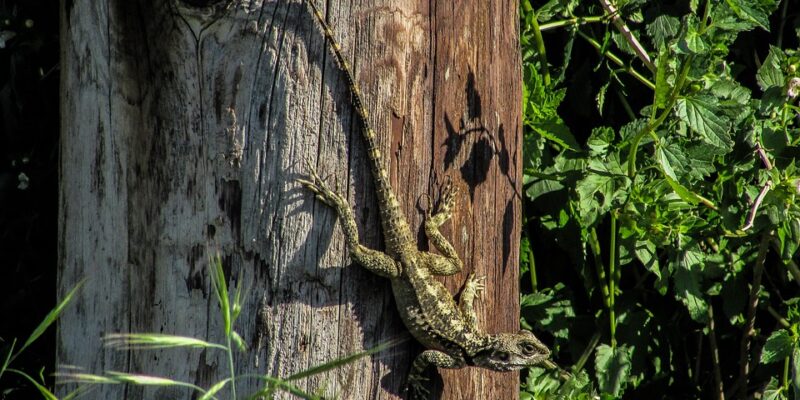Introduction
When we think of plants, we often picture them in lush green fields or tropical forests. However, plants are incredibly diverse and can thrive in a wide range of environments, from the scorching heat of the desert to the frigid temperatures of the arctic tundra. This adaptability is achieved through a variety of physical and physiological adaptations that allow plants to survive and thrive in their specific habitat.
Desert Adaptations
Xerophytes
Deserts are known for their arid conditions, with little to no rainfall and extreme temperatures. To survive in this harsh environment, plants have developed a variety of adaptations known as xerophytes. These adaptations include:
– Thick, waxy cuticles on leaves to prevent water loss
– Small, spiky leaves to reduce surface area and water loss
– Deep root systems to access groundwater
– Succulent tissues for water storage
CAM Photosynthesis
Another adaptation seen in many desert plants is CAM (Crassulacean Acid Metabolism) photosynthesis. This process allows plants to take in carbon dioxide at night when temperatures are cooler and the stomata can open without losing too much water. During the day, the plant can then carry out photosynthesis using the stored carbon dioxide.
Arctic Adaptations
Permafrost Adaptations
In the arctic tundra, where temperatures can drop well below freezing, plants face a different set of challenges. Many plants have adapted to the permafrost soil by developing shallow root systems that can quickly absorb nutrients before they freeze. Additionally, some plants have developed antifreeze proteins that protect their cells from frost damage.
Insulation
To survive the cold temperatures, arctic plants often have hairy or woolly coverings that act as insulation, trapping heat close to the plant. This extra layer of protection helps the plant retain warmth and prevents frost damage.
Rainforest Adaptations
Epiphytes
In the dense rainforests, where sunlight is limited and competition for resources is fierce, some plants have evolved unique adaptations to thrive. Epiphytes, or air plants, are a prime example. These plants grow on the branches of trees, using them as support structures and accessing nutrients from the air and rainfall that filters through the canopy.
Buttress Roots
Many rainforest trees have developed buttress roots that spread out near the surface of the soil and provide extra stability in the shallow, nutrient-poor rainforest soil. These roots also help the tree absorb water during heavy rainfall and prevent it from being uprooted in strong winds.
Savanna Adaptations
Fire Adaptations
The savanna biome is characterized by fire-prone grasslands, where wildfires are a natural part of the ecosystem. Some plants in the savanna have adapted to survive and even thrive after a fire. These adaptations include:
– Rapid growth after a fire to take advantage of the newly cleared space and reduced competition
– Thick bark that protects the plant’s vital tissues from the heat of the fire
– Seeds that are stimulated to germinate by the heat of the fire, allowing the plant to regenerate quickly
Drought Adaptations
Savanna plants also face prolonged periods of drought, so many have evolved adaptations to conserve water. Some plants have deep root systems that can tap into underground water sources, while others have developed mechanisms to store water in their tissues during dry periods.
Conclusion
Plants are incredibly adaptable organisms that have evolved a wide range of physical and physiological adaptations to survive in diverse environments. From the scorching heat of the desert to the freezing temperatures of the arctic tundra, plants have developed strategies to thrive in their specific habitats. Understanding these adaptations not only helps us appreciate the complexity of plant life but also highlights the importance of conservation and preservation to ensure the survival of these remarkable organisms.
